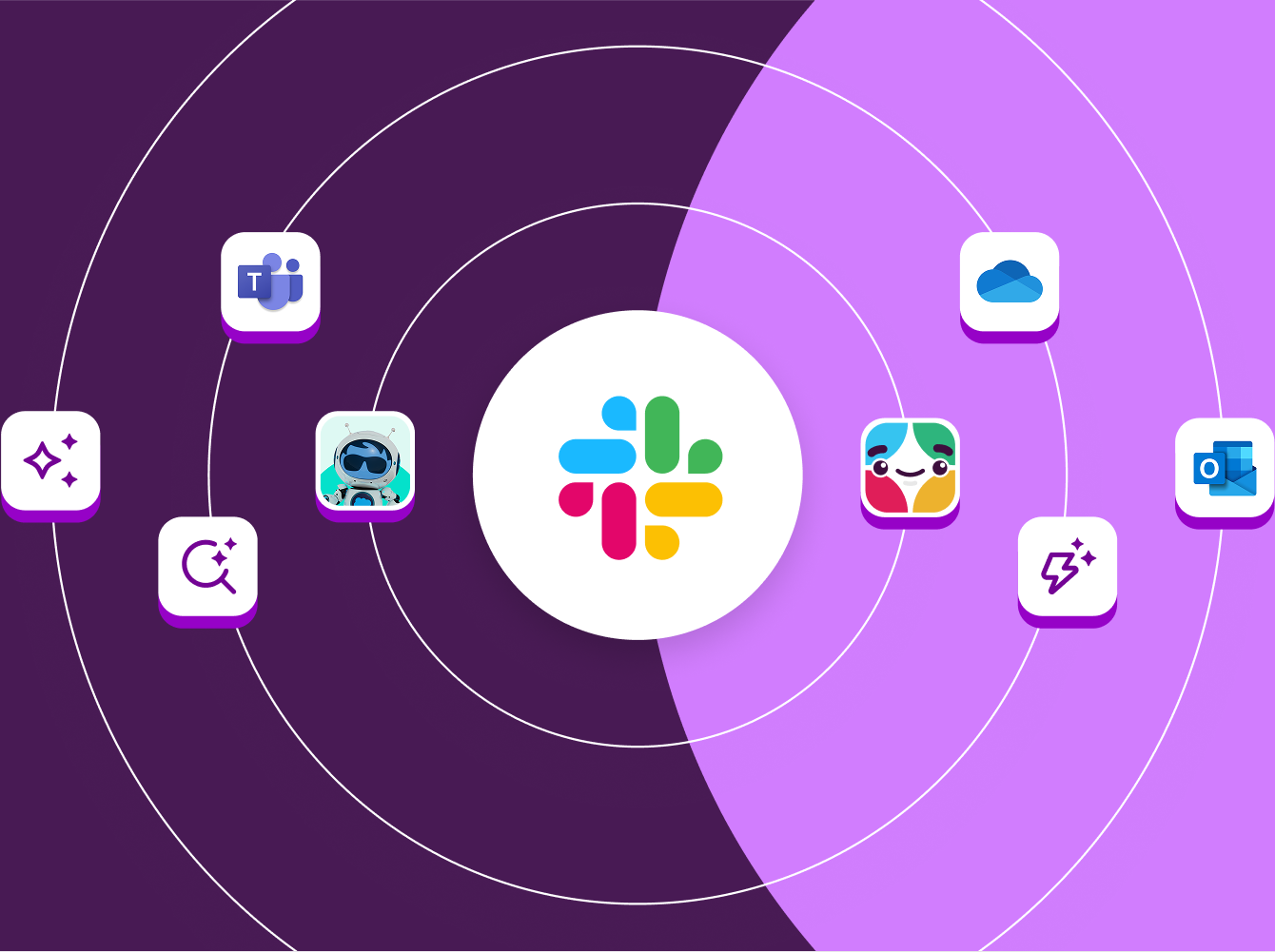So you’ve launched Slack for your team. Congratulations on achieving this milestone!
After the initial rollout of Slack, we’ve seen that organizations benefit greatly from developing an adoption strategy that ensures their full team is online with Slack.
With everyone using Slack, you’ll start to realize the many benefits, including:
- Improved communication
- Seamless project management
- Increased employee engagement
- Better overall efficiency
This guide will help you to realize these benefits, with strategies on how to measure adoption and tips to support employees who may need some hand-holding as they embrace Slack.

1. Understand the state of adoption
The first step to crafting your Slack adoption strategy is to understand the current state of adoption for your team. As a Slack admin, you have powerful analytics at your fingertips to get started:
Use your analytics dashboard to gain insight into how your organization uses Slack.
From the Overview tab, you can see a high-level view of your workspace’s activity, including:
- Total members: The number of people (not including deactivated members or guests) with a provisioned account, claimed account or outstanding invitation
- Claimed Members: The number of people (not including deactivated members or guests) who have signed in to your Slack workspace or org at least once
If you’re seeing a gap between the counts of total members and claimed members, then you have an opportunity to improve adoption, and member-level analytics can help.
From the Members tab, you can export a CSV of member data:
We recommend including the data fields below in your export to help you better understand member adoption:
- Select Edit columns and Export your Members list with Claimed date, Deactivated date, Days active, Last active and any other fields of interest
- If you’re a Grid org owner or admin, include the Included in bill field
- Use the Claimed date column to identify members who haven’t yet logged in to Slack. If there is no date in this column, then the user hasn’t yet claimed their account
- If profile data is available, review the What I do column and look for trends among inactive users
- Use the Days active column to identify your super-users
Tip: Consider defining adoption goals for different departments or groups of employees based on their current adoption rates and where you’d like to see growth.

2. Make sure your adoption team is in place
Now that you have a grasp on the state of your Slack adoption, it’s important to ensure you have the right stakeholders involved to support your adoption goals. A successful team might include:
- Sponsor: This person has the vision and drives change, usually a CEO or mid-level executive or director with a lot of influence and a mandate to motivate digital transformation
- Department leads and champions: These people can drive department engagement, host trainings and gather user input
- Project lead: This person keeps everything in order as you execute your adoption strategies
- Admins: These users support employees in the day-to-day use of Slack, troubleshooting and general product questions
- Internal communications: Leverage your communications or HR team to drive awareness of Slack and encourage engagement
Tip: Consider leveraging the super-users you identified in step one to build an internal champions network. Champions can help support adoption in a number of ways, from hosting trainings and providing peer-to-peer support to building momentum from the ground up.
3. Reinforce the why
Once you have the right stakeholders involved to drive adoption, make sure you’ve given your team compelling reasons to use Slack. Users will be more likely to give Slack a try if they understand both why Slack was chosen as the collaboration tool of choice and when they should be using it.
Consider the use cases below, which we’ve seen generate broad interest across organizations:
- Set up an #exec-ama channel
- Use a general channel for company announcements
- Run your IT help desk through Slack
- Onboard new hires using Slack
Tip: In addition to establishing clear use cases, leverage your executive sponsor and department leads to communicate their support for Slack.
4. Nudge your invited users
We all need a little nudge sometimes! It’s possible that when employees were invited to Slack, they missed the invitation email to claim their account.
Good news … owners and admins can notify these invited members about any message in a channel where invited members have been added.

- From a public channel with invited members, hover over the message you’d like to share, click the three dots icon and select More message shortcuts. Select Notify pending members and click Send email
- Pending members will receive an email notification with a preview of the message. They can then choose to open the message in Slack or reply by email.
Tip: Consider conducting interviews with these pending members to better understand the barriers to using Slack, and leverage department leadership and frontline managers to create momentum from within their teams.

5. Ensure your team is trained
For employees who are brand new to Slack, you’ll want to make sure they have access to the training materials needed to work competently in Slack. We have put together quick-start guides, webinars and other great resources for new Slack users!
- Share our Slack for new users with your pending members, so they can reference these on-demand resources, in addition to live training that you may offer.
If users are continuing to use deprecated tools that are no longer sanctioned by your organization, this might hinder your Slack adoption. Consider sunsetting other communication tools so that Slack is positioned as the primary communication platform for your team.
Tip: Try hosting weekly office hours via Slack huddles where your team can ask questions about the new features, workflows, apps and all things Slack!
If you need any help with the steps above, visit Slack’s help center or contact the Slack team directly at feedback@slack.com.
Additional resources:
Your guide to working remotely in Slack
Webinar: Getting started on Slack
Getting started with Slack Connect
20 Slack tips to build a better workplace










